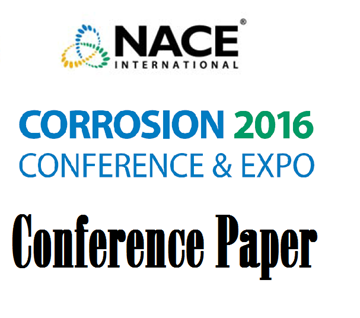Search
96579 RECLAIMED WATER FOR COOLING TOWER MAKE-UP: CONCERNS, MONITORING AND PROVEN TREATMENT
Also Purchased
51316-7151-Recycled Waters for Cooling Tower Water Systems- Good Idea or Bad- What You Need to Know
Product Number:
51316-7151-SG
ISBN:
7151 2016 CP
Publication Date:
2016
$20.00
99630 Advances in Cooling Water Treatment Monitoring and Control
Product Number:
51300-99630-SG
ISBN:
99630 1999 CP
$20.00
51314-3735-Study of Low Phosphorous Corrosion/Scale Inhibitor and Field Application in Cooling Water Treatment
Product Number:
51314-3735-SG
ISBN:
3735 2014 CP
Publication Date:
2014
$0.00




